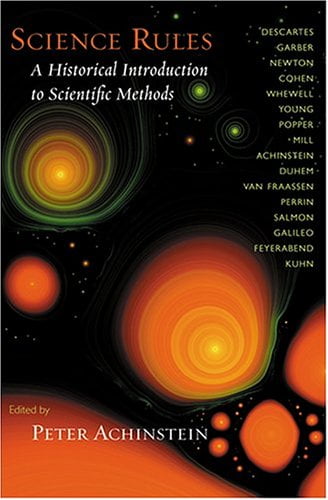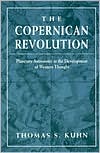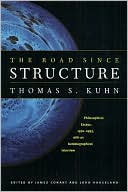When they happen, scientific revolutions occur suddenly by a process that may not be completely quantifiable, a fact that partially accounts for the controversy and opposition often experienced in the historical period surrounding a given revolution (Kuhn, Scientific Revolutions 89–90, 151–52, 159; cf. Barber 97–113; Poythress 461). Although certain criteria exist, based on the broader scientific community’s shared paradigm, by which a scientific community can evaluate a candidate paradigm (Achinstein 413; Kuhn, Essential Tension 321–22), these criteria’s applications and their relative weights are insufficiently discreet to facilitate paradigm choice by simple proof alone (Kuhn, Essential Tension 320, 329; cf. Carson 89–90; Kuhn, Scientific Revolutions 94, 152, 160–87; Kuhn, Since Structure 208–15). Thus, one might best describe paradigm change as a kind of “conversion” (Kuhn, Essential Tension 338; cf. Poythress 473), and different conversions may have different magnitudes. Indeed, even a conversion to the same paradigm may have different magnitudes for different, scientific sub-communities (Kuhn, Scientific Revolutions 49–51, 92).
Seen according to the new paradigm, the old one appears mistaken (Kuhn, Scientific Revolutions 115; cf. Thiselton 712), for the community’s new paradigm directs the community to interpret observations differently than it had done before (Hung 8–9, 63; Kuhn, Scientific Revolutions 206). Thus, in very close parallel to the classic gestalt switch, scientists who resolve a crisis by changing their paradigmatic allegiances come to view the same data from a different perspective and have, therefore, a different explanatory context for that data (Kuhn, Scientific Revolutions 84–85). In this way, the scientists who experience this switch reconceptualize their fields, objects of inquiry, and validation standards so radically that, for them, the hermeneutical world that they inhabit after the paradigm shift fundamentally differs from the one that they had previously inhabited (Kuhn, Scientific Revolutions 102–103, 109, 111–12, 118, 128–29; see also Grandy).1
1 For an extended study of one historical example of this process, see Kuhn, Copernican Revolution; for several additional, but briefer, examples, see Kuhn, Since Structure 13–32.
In this post:
    |
    |
   |
Leave a Reply